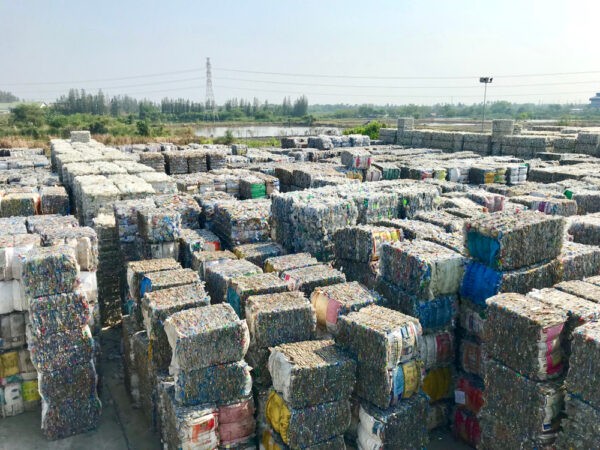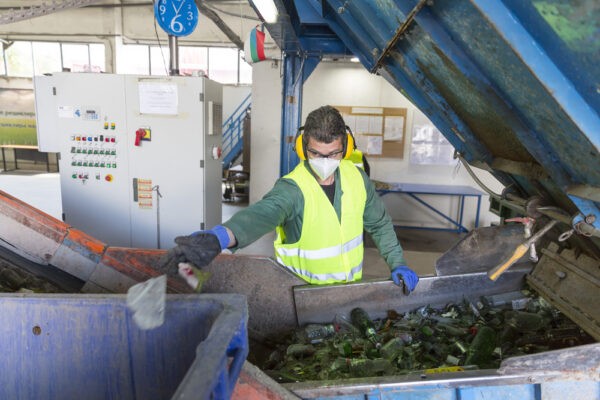Practical Strategies for More Effective Waste Management in Manufacturing

Waste management is a pressing concern for manufacturers. As consumption patterns continue to impact the environment, there’s a growing need to reduce, reuse, and recycle wherever possible. But it goes beyond these basic concepts. To address this challenge, the waste hierarchy — commonly known as Lansink’s Ladder — offers a valuable framework for managing waste in a sustainable, responsible way.
Let’s delve into each level of the waste hierarchy, explore practical strategies and examples, and highlight the importance of adopting this approach in manufacturing operations.
Understanding the waste hierarchy
The idea of the waste hierarchy isn’t new. The concept was first proposed in 1979 by Ad Lansink, a Dutch politician and member of parliament. It quickly gained prominence globally, stressing the importance of sustainability and waste management.
The model suggests waste can be handled in sequential levels, with the most preferable at the top. The significance of this model — especially in the context of reduce, reuse, and recycle — lies in its ability to inform sustainable decision-making and promote eco-friendliness within various industries. Understanding the waste hierarchy is a critical part of our journey toward a cleaner, healthier, safer planet.

Breaking down Lansink’s Ladder
Lansink’s Ladder highlights six tiers of waste management strategies to help manufacturers better manage and dispose of waste:
- Prevention: At this top level, manufacturers aim to lower the amount of waste produced by their facilities. Prevention measures include decreasing material usage, improving production efficiency, and creating closed-loop systems to eliminate waste.
- Minimization: In this stage, manufacturers strive to minimize any waste produced. This can be achieved by optimizing manufacturing processes, implementing lean manufacturing practices, and reducing packaging sizes, among other measures.
- Reuse: At this level, waste materials aren’t disposed of but reused for the same (or different) purposes. Reuse lowers the need for new raw materials, conserves energy, and creates an additional revenue stream for manufacturers.
- Recycling: Recycling involves collecting and processing waste materials to turn them into new products. This process helps to conserve resources, decrease energy usage and greenhouse gas emissions, and create jobs in the recycling industry.
- Recovery: In this tier, waste materials are recovered for energy through incineration and similar processes. Recovery reduces waste sent to landfills, conserves energy, and generates revenue from the sale of energy produced by these processes.
- Disposal: As the least desirable option, disposal involves sending waste materials to landfills. Manufacturers should try to prevent, minimize, reuse, recycle, or recover waste materials before sending them for disposal.

Be mindful of the waste hierarchy
Adopting waste hierarchy principles in manufacturing operations is key to achieving sustainable waste management. Companies following Lansink’s model not only save costs in waste disposal but also minimize environmental impacts and even create value from waste materials — like converting waste into energy or new products.
By embracing the waste hierarchy, manufacturers can take a proactive role in managing their waste responsibly to contribute to a more circular, sustainable economy.